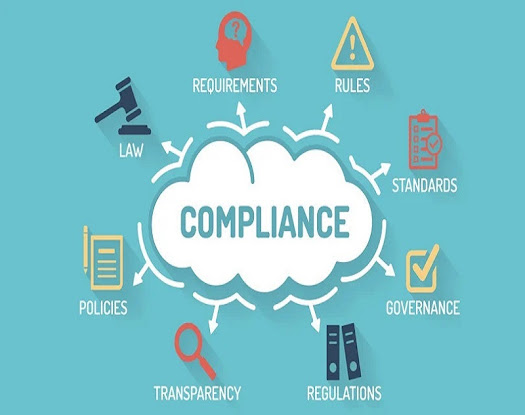What Should You Know About Cyber Security Policies?
.jpg)
In today's digitally driven landscape, ensuring the integrity of sensitive data and fortifying defenses against cyber threats stand as top priorities for businesses across the spectrum. This imperative has given rise to the formulation and integration of information security policies and cybersecurity policies. But what precisely do these policies encompass, and how do they bolster the fortifications of a secure digital milieu? Let's embark on an exploration of their fundamental tenets. Information security policy Understanding Information Security Policy and Cybersecurity Policy: Information Security Policy: An information security policy constitutes a compendium of directives and protocols meticulously crafted to uphold the confidentiality, integrity, and accessibility of an organization's informational assets. It serves as a scaffold for identifying, evaluating, and mitigating security vulnerabilities. Cybersecurity Policy: Zooming in on the digital realm, cyber sec


